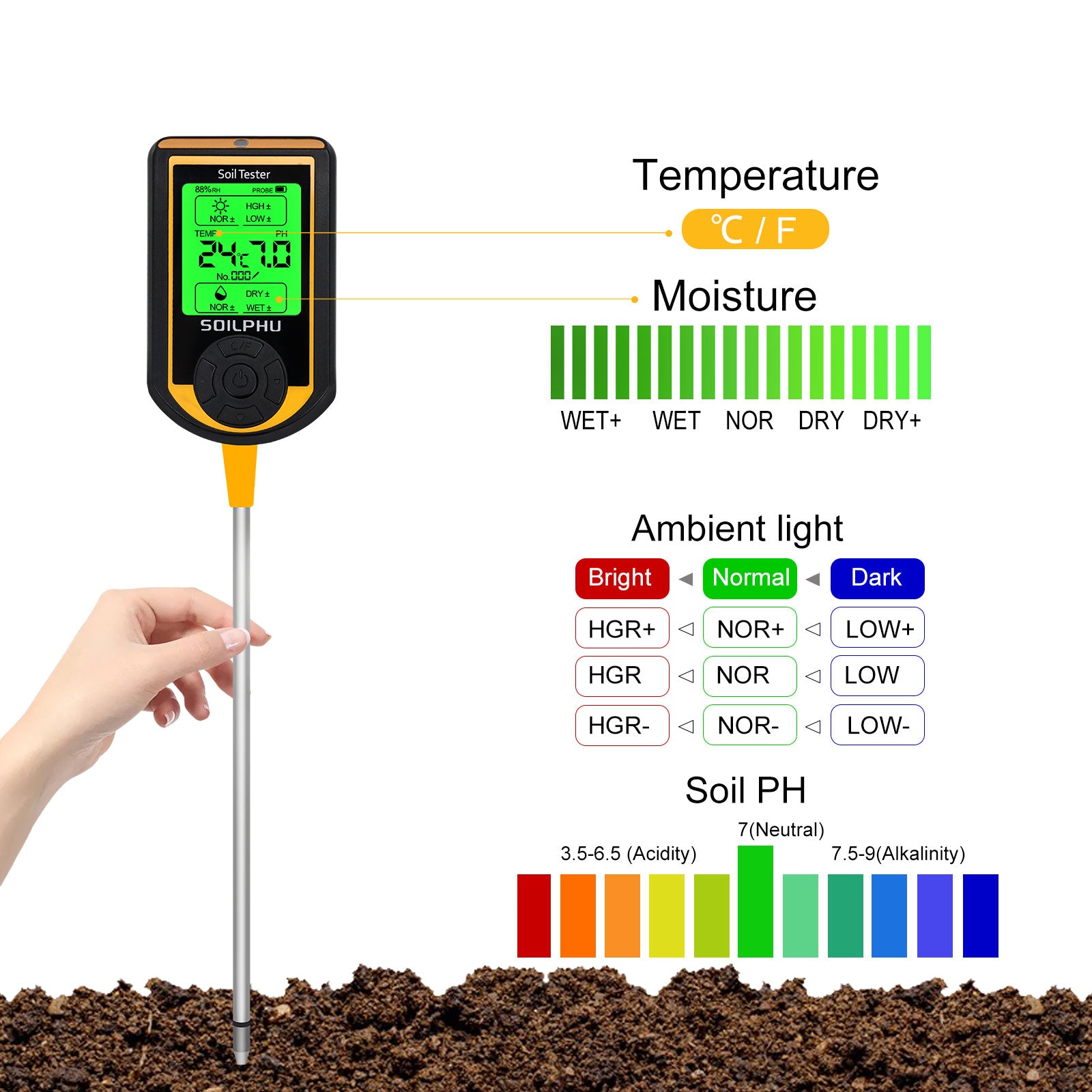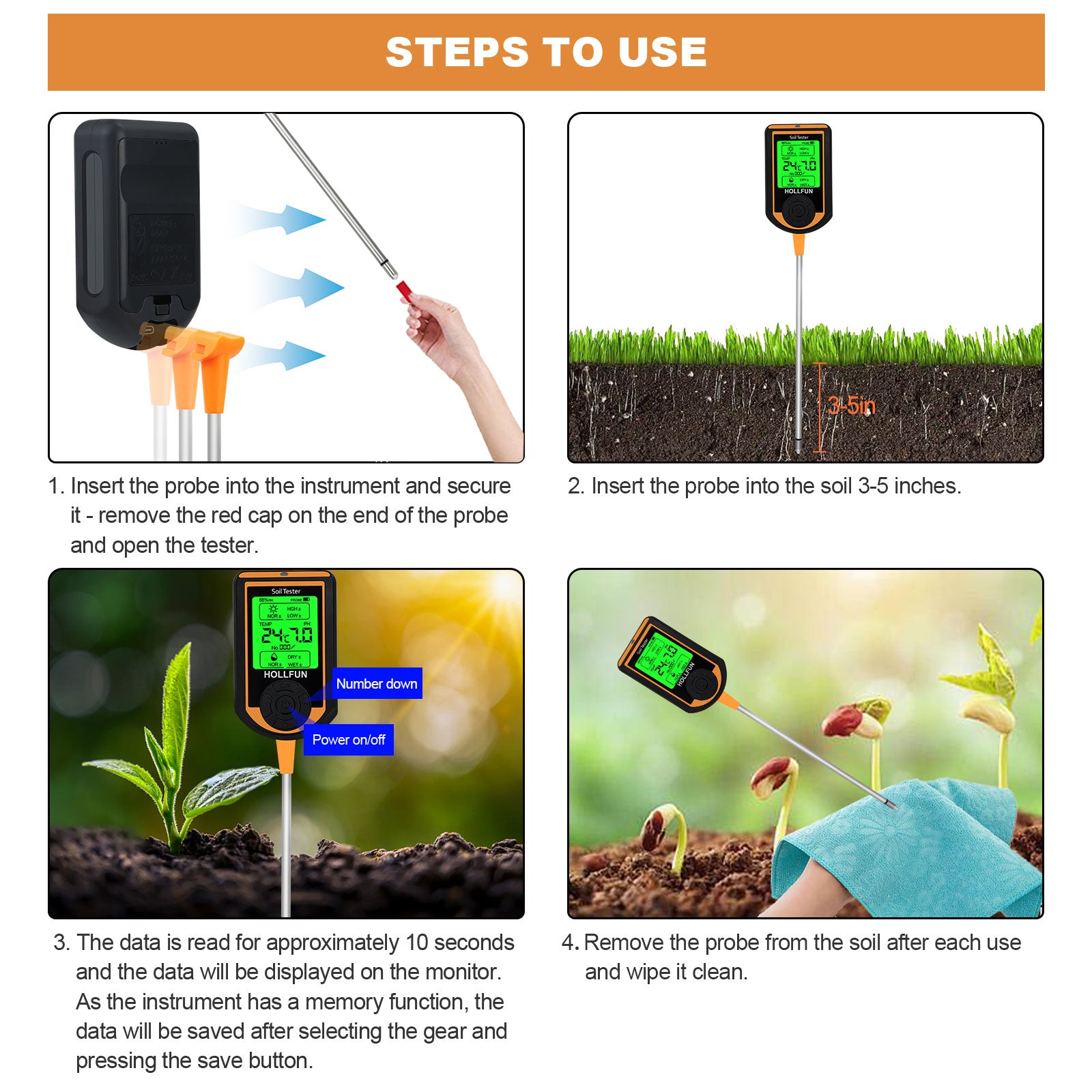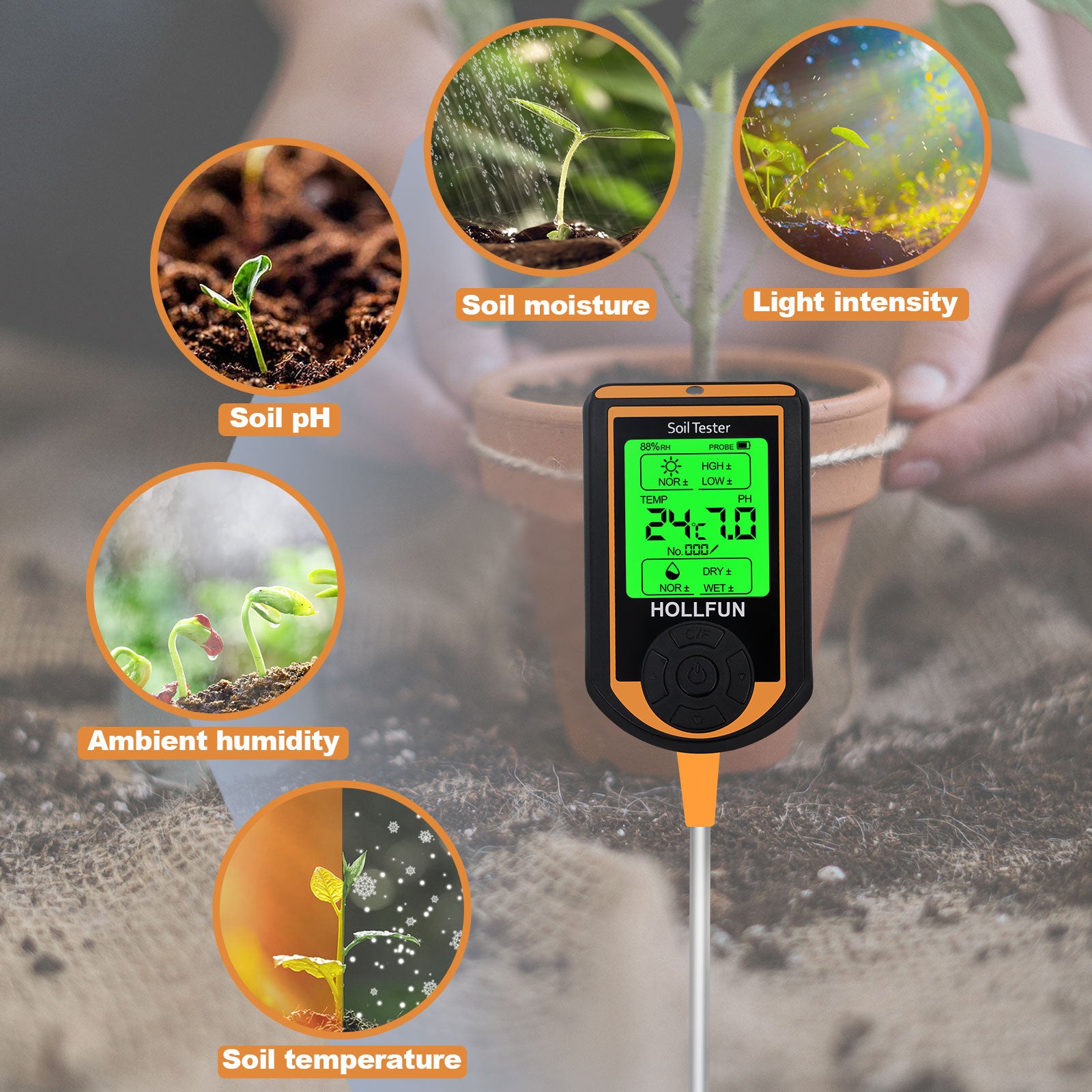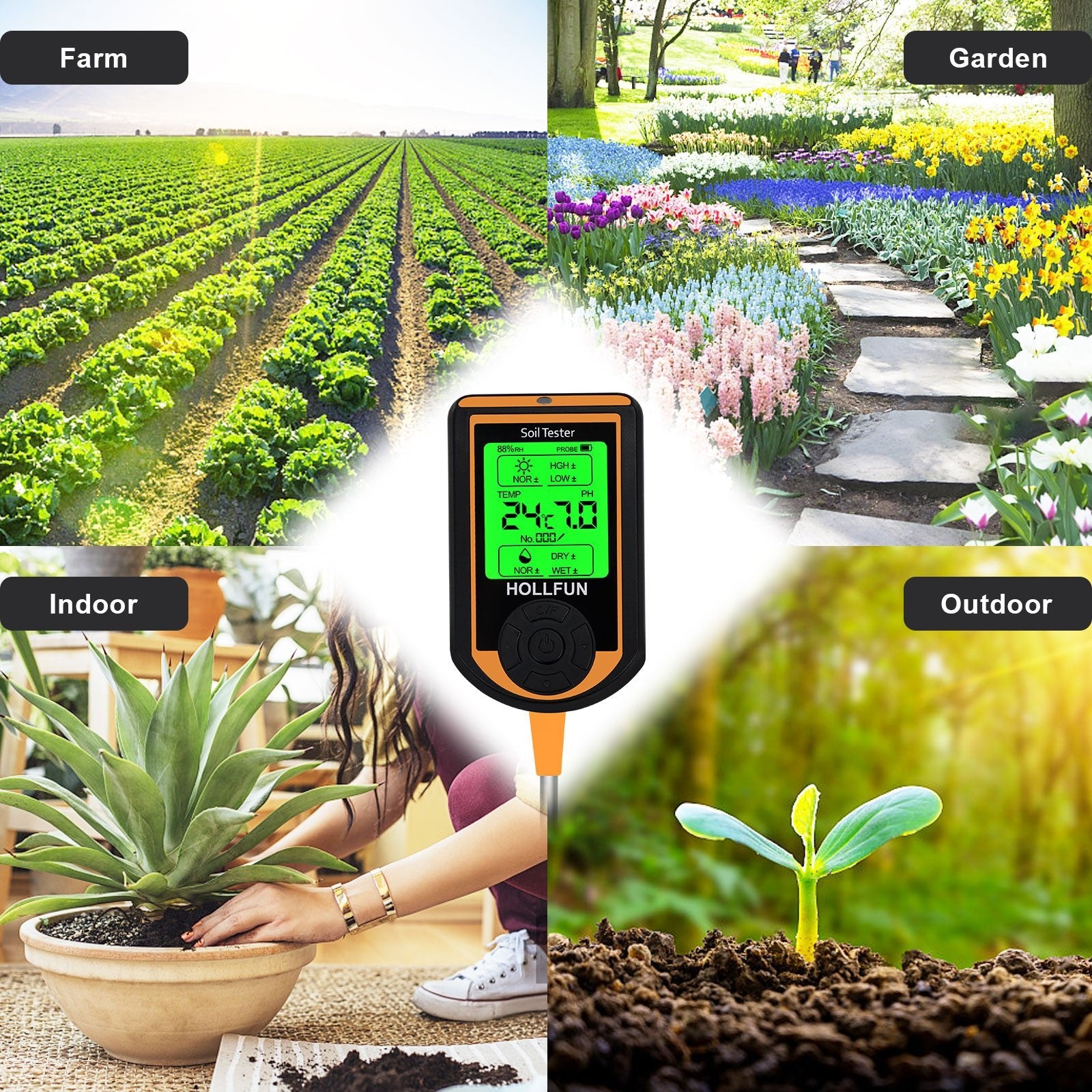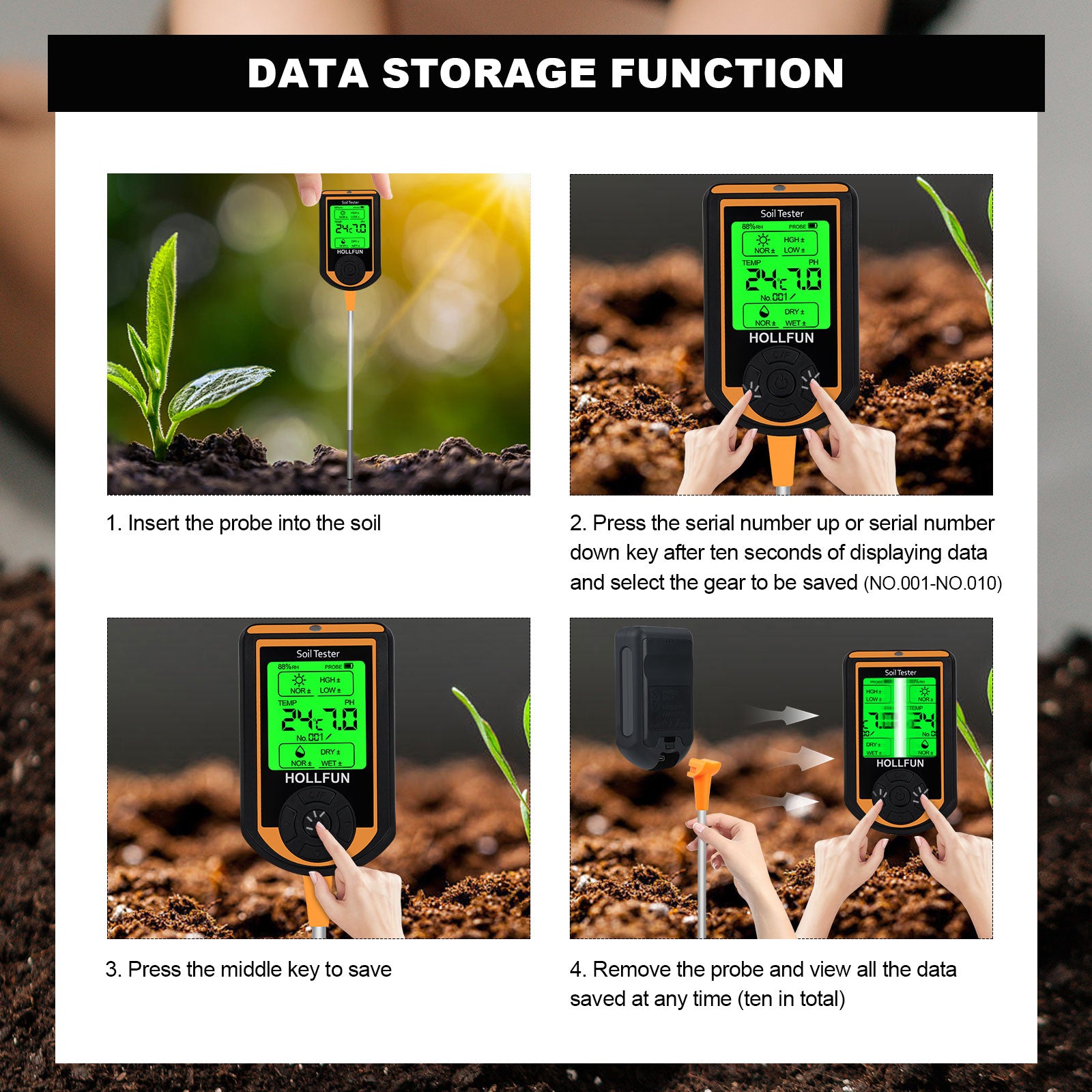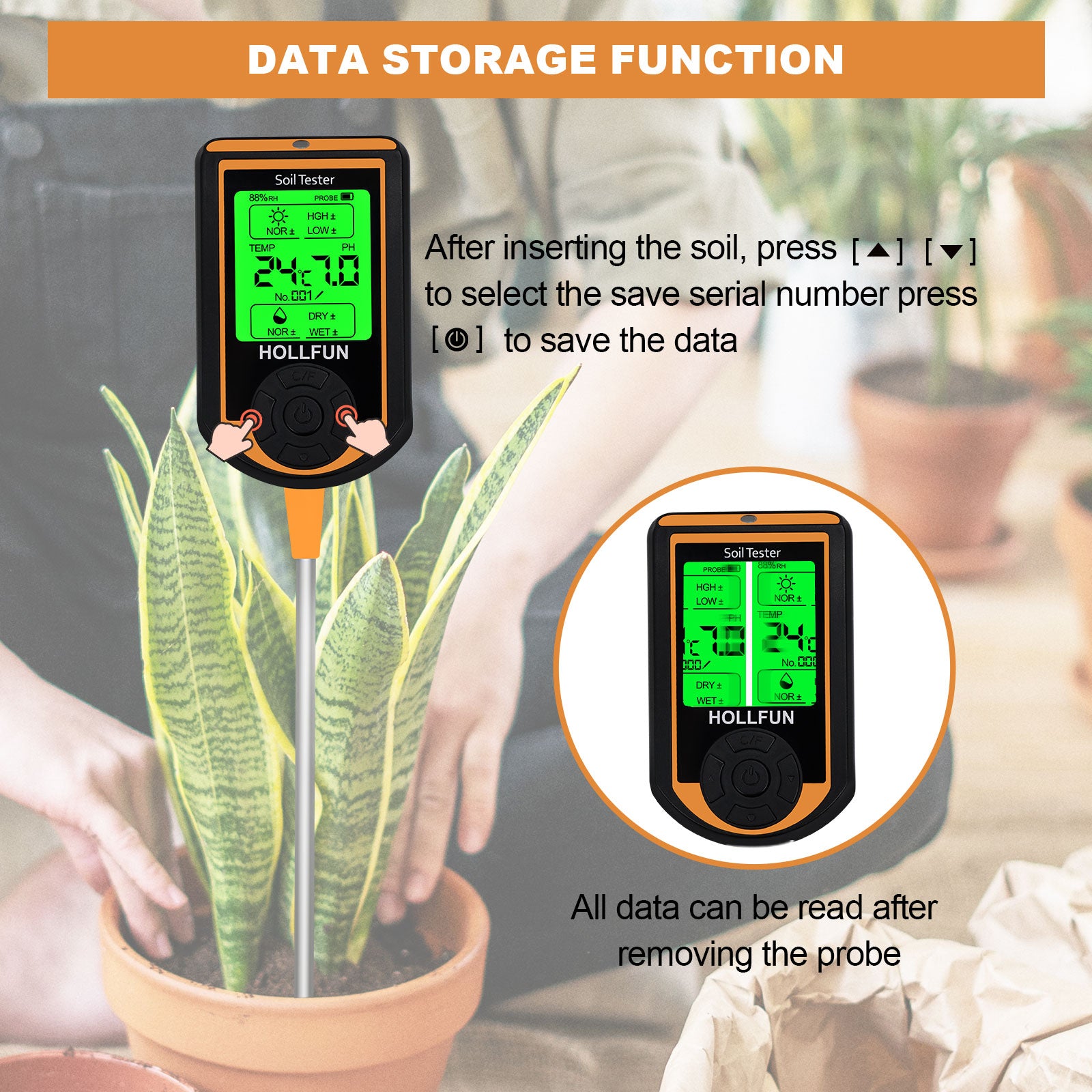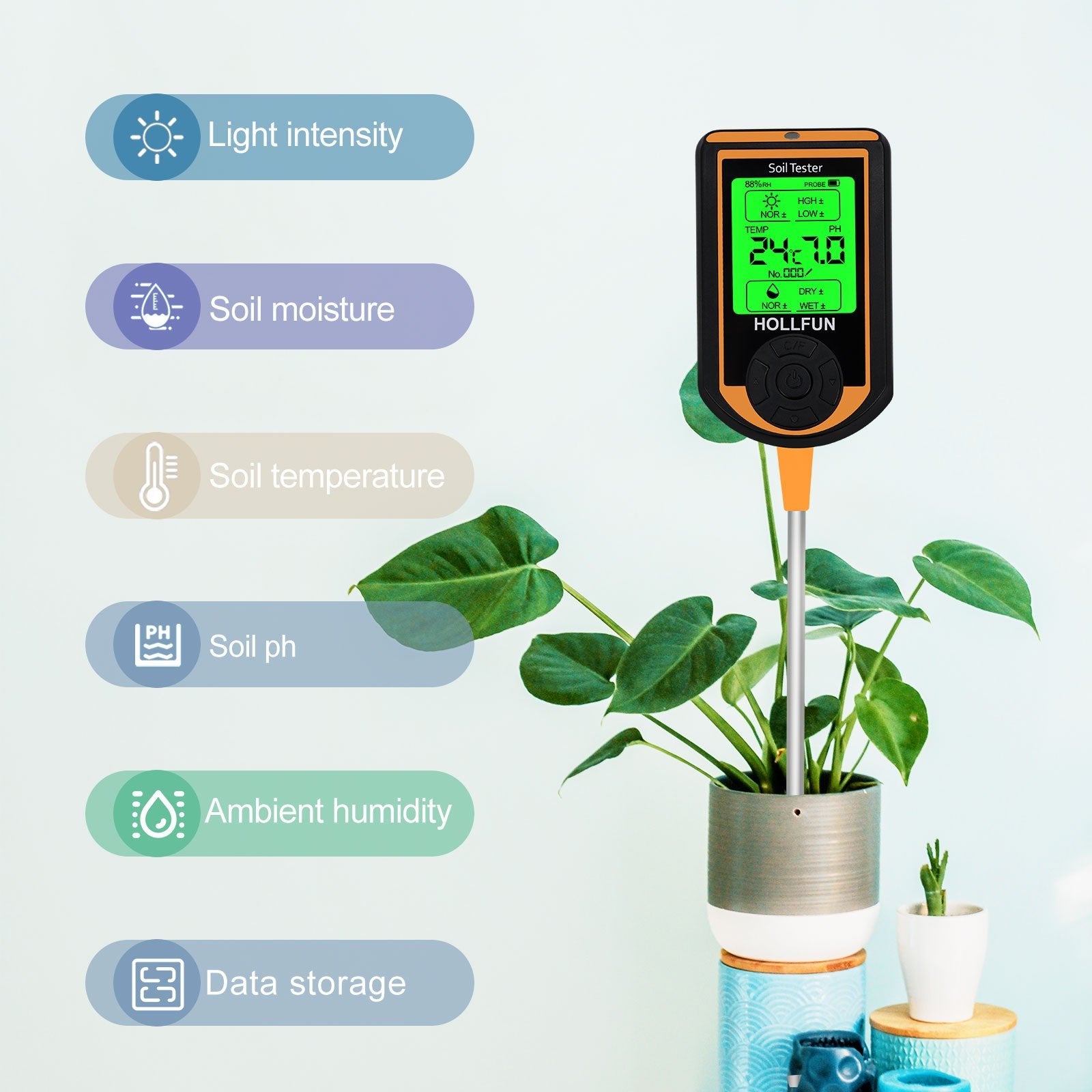In this issue of gardening tips, we will systematically and comprehensively discuss the methods for choosing flowerpots. Many people enthusiastically buy potted plants, only to go home and spend a lot of time repotting, changing soil, fertilizing, and watering. They look at the plant every day, hoping to see it bloom, but it ends up withering within a month.
This stark contrast has discouraged many new gardeners, causing some to give up on their flower-raising careers, ultimately unaware of the cause of death. Many of the mistakes made involve providing their plants with an unsuitable pot. Therefore, we will explain in detail the pros and cons of various flowerpots and how to choose a suitable pot for your beloved plants.
Two points to chose flowerpot
- In recent years, various types of plant containers have emerged in the market, including water-absorbing flowerpots, bottomless pot sets, aquatic plant pots, and more. We will introduce each of them in the future.
- In this issue, we will only discuss flowerpots suitable for direct planting, with drainage holes, and suitable for soil cultivation.
- In fact, choosing the right pot is not complicated or difficult. It only requires attention to two points to select a suitable flowerpot: Select the size and material based on your plants, your level of care, and the placement of the pot.
Flower Pot Size
- When choosing a flowerpot, we believe the first thing to consider is the size of the pot. Many new gardeners, with the intention of providing their plants with a luxurious mansion, inadvertently end up harming them.
- Small seedlings in large pots are not conducive to plant growth because young seedlings have relatively low water requirements. If you give them a large pot and water it thoroughly, the seedlings will absorb water from the potting soil at a slow rate. The soil becomes difficult to dry out, and the long-term consequence of being consistently moist is that the root system cannot obtain oxygen, leading to respiratory difficulties and ultimately causing root rot and plant death.
How to choose a suitable size for a pot
- When the plant's root system fills the current pot, it's appropriate to choose a new pot with a diameter 5-10cm larger than the old one. If you are a beginner, opt for a pot that is 5cm larger in diameter.
- It's worth emphasizing that although plants continuously grow, it can be somewhat troublesome to only incrementally increase the pot size each time they grow larger. After all, keeping the plant thriving is your ultimate goal.
- As a supplement, the height and diameter of typical flowerpots are usually close. However, if your plant has deep roots, choose a pot with a height greater than its diameter. For plants with shallow root systems, select a pot with a height smaller than its diameter.
Flower Pot Material
- The material of a flowerpot determines many of its characteristics, such as appearance, weight, breathability, water retention, and more. Therefore, gardeners need to understand the pros and cons of each material to choose the right pot.
- Beginners should opt for pots with good breathability and water permeability. Experienced gardeners can choose pots with better aesthetics, even if they have slightly poorer breathability. The selection of various flowerpots should be based on individual circumstances.
In the next post, we will list 10 different materials for planters to choose from.



